
The post Five Metaverse Trends Getting Real Traction In 2023 appeared first on Coinpedia Fintech News
It’s 2023 and the metaverse is no longer just a vision, but quickly becoming a reality. Digital worlds are becoming more popular by the day, with Statista estimating that global revenue from the metaverse will rise from $65.5 billion in 2022 to over $930 billion by the end of the decade.
What’s more, Gartner Inc. reckons that 25% of consumers will spend at least an hour per day in the metaverse by 2026, engaging themselves with virtual world activities such as work, learning, sports, recreation and shopping. It’s a fast-growing world that has attracted attention from dozens of global brands, with the likes of Nike, Adidas, Gucci, HSBC, Starbucks and JP Morgan Chase already establishing a presence there. As such, 2023 is likely to prove a pivotal year in the growth of the metaverse, and already it has seen a number of interesting trends develop.
Let’s take a look at some of them in this article.
1. The New Marketing Channel
Already, numerous brands have begun exploring the potential of the metaverse in their digital marketing strategies. They believe these growing virtual worlds can open the doors to new audiences, with the metaverse providing an ideal platform for them to study consumer trends and analyze the response to different products and services.
The immersive nature of the metaverse enables brands to come up with some truly original and creative marketing ideas. One of the best we’ve seen is Nike’s Nikeland, which is a virtual environment in Roblox where users can try on various Nike products, watch basketball and soccer games and socialize with other fans. Similarly, Benetton has created a metaverse store called PlayChange that allows visitors to play various games and earn discounts for use in its physical stores.
2. Remote Collaboration
In the corporate world, the metaverse is rapidly emerging as a dynamic environment for remote workers to collaborate from any location. With platforms such as Horizon Worlds, team members can meet up with anyone in the world, without geographic constraints, speaking to clients and colleagues worldwide and collaborate on all manner of work-related projects. Metaverse environments can even be used to onboard new employees and train personnel, significantly reducing the associated costs of these activities for companies.
One interesting example is Accenture’s “The Nth Floor”, which is a virtual environment that simulates a real-world office. Companies can use this environment for HR-activities and remote collaboration, with users immersing themselves in a digital environment where they can meet with colleagues remotely, in an experience that more closely resembles a face-to-face meeting.
3. Digital Twins
The metaverse is poised to accelerate digital twin technology adoption. With digital twins, we can simulate real-world products, machines and real estate, and use these for testing, monitoring, operational assessments, design and prototyping, to name just a few common tasks. These digital twins can be hosted in virtual worlds, enabling people to explore them as if they were in reality.
For instance, Nvidia’s Omniverse platform enables designers to create an interactive digital twin of an industrial facility or manufacturing site, and use it to study how they can maximize operational efficiency. The car manufacturer Ford uses the metaverse to develop digital twins of its vehicles and study their performance and test various design tweaks.
4. Augmented Reality
Most people envision the metaverse as a fully immersive world, experienced through a virtual reality headset that completely blocks out the user’s real-world environment. But that isn’t the only kind of metaverse being developed. Great advances are being made in augmented reality metaverses too, which overlay digital objects onto the real world to enhance people’s experiences.
Launching this year, Peer’s AR-based metaverse will be mapped to the real-world, enabling users to explore any location on the planet and discover posts from other users, drop and collect digital objects such as NFTs and more. The potential of Peer is enormous. In one video, it shows how a designer can embed enormous, 3D dinosaurs into the real world, so passers by will see them. It says this could be a marketing gimmick for a dinosaur museum, to entice people to visit. Peer is also building a metaverse map, so when people enter its AR world they’ll be able to search for nearby businesses and read reviews etc, of interesting places around them.
Another example of AR is the latest Mercedes-Benz EQS, which features a built-in Heads Up Display that overlays navigational directions onto the windshield, allowing the driver to easily reach his or her destination. Meanwhile, Disney has developed AR experiences for visitors at its theme parks, as well as a virtual Disneyland where people can experience the thrill of its rollercoasters and more.
5. Virtual Events
Another promising trend this year is the rise of virtual events, which take place entirely online and can be experienced by people from any location. Virtual events encompass everything from concerts, ceremonies, trade shows and exhibitions to virtual conferences, webcasts, training events and podcasts.
Some of the world’s biggest performers have already jumped on this trend, with music stars such as Justin Beiber, Lil Nas X, the Foo Fighters and Marshmello all hosting virtual concerts in the metaverse. They give fans a chance to watch their favorite musicians perform, as if they were attending a live experience, from the comfort of their own home. Virtual events rose to prominence during the height of the COVID-19 pandemic but have continued to gain traction this year, showing that it’s by no means a fad.
Final Thoughts
The metaverse trend was really kicked off in a big way by the enthusiasm of Facebook founder Mark Zuckerberg, and it has sparked a wave of innovation and development. These days, the metaverse is emerging as a popular way to test new products, engage with new audiences and create new experiences.
As more businesses begin showing an interest in immersive experiences and the technology improves, the metaverse is poised to become an important element of everybody’s lives.

 1 year ago
97
1 year ago
97

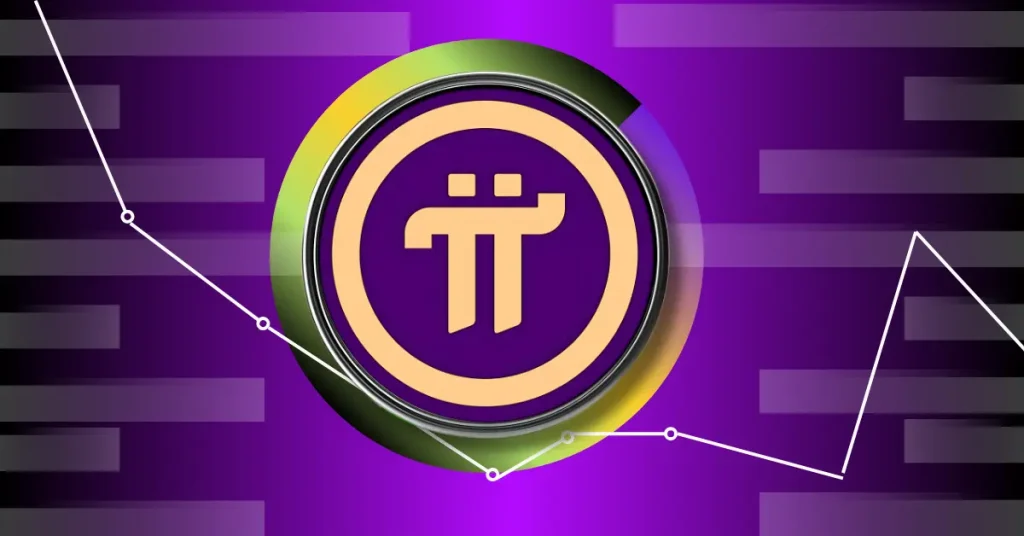


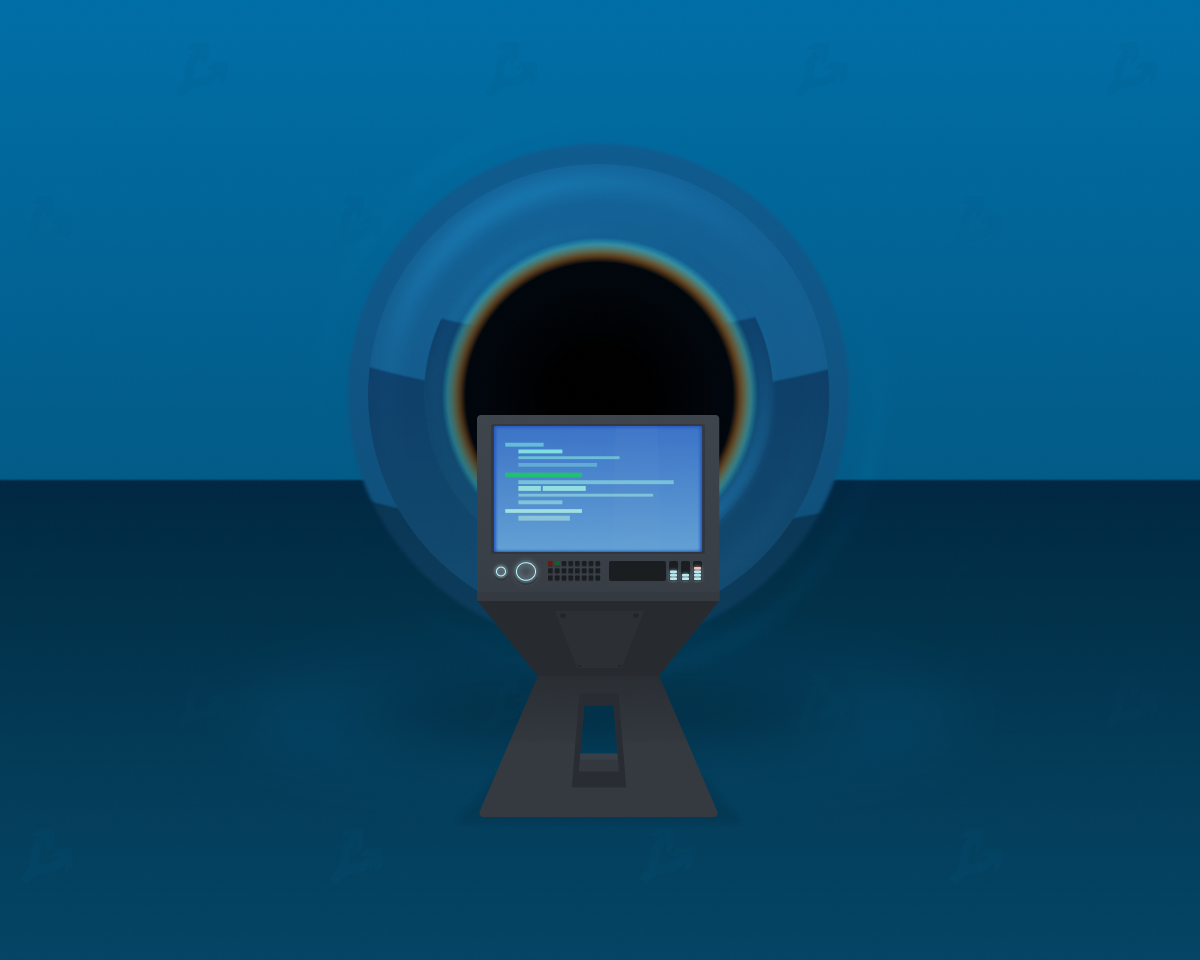
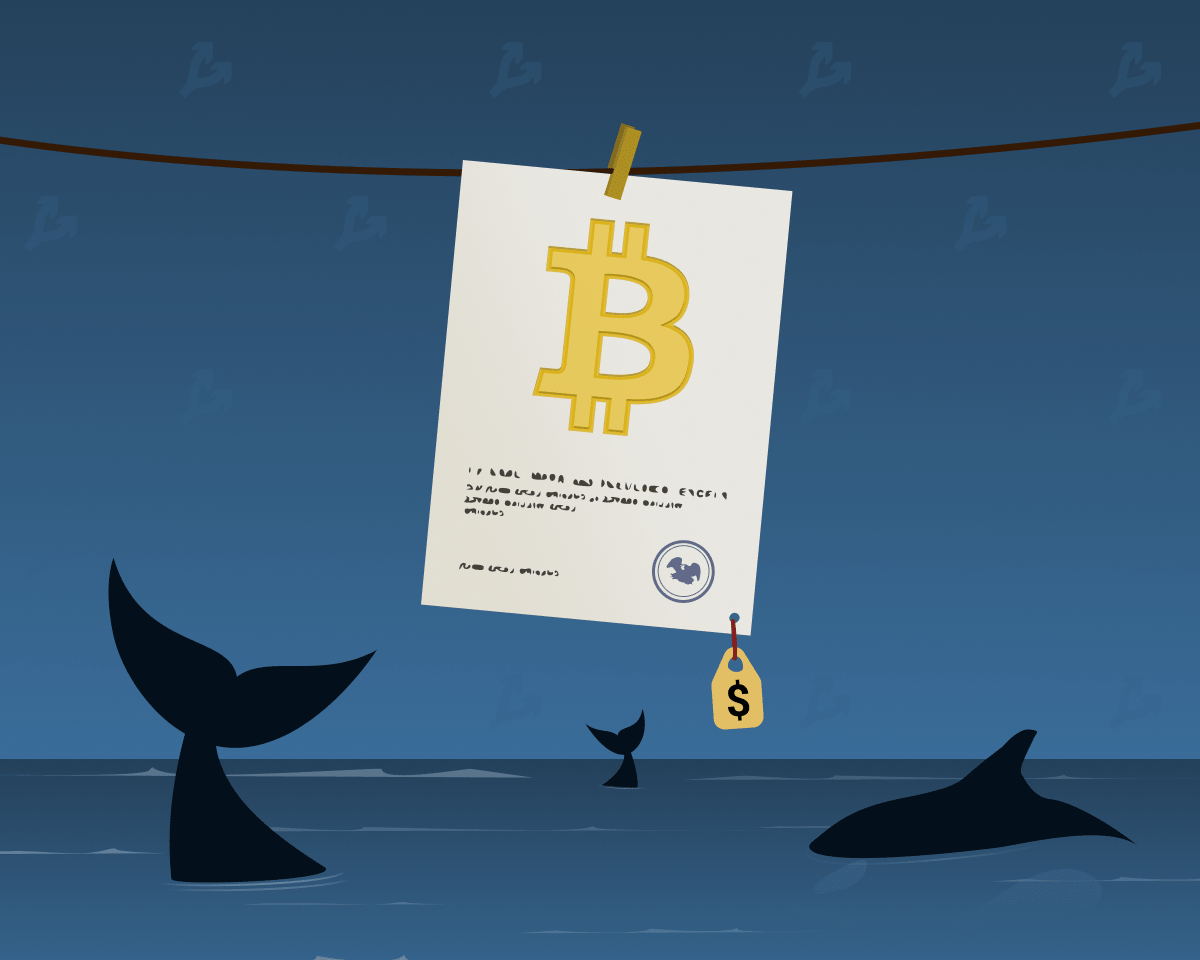
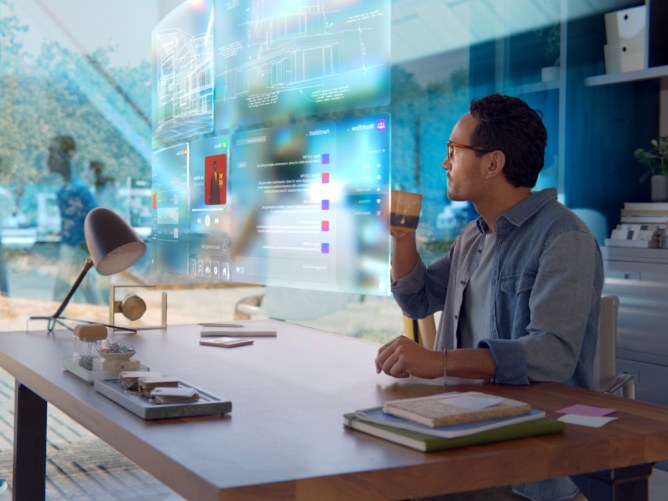



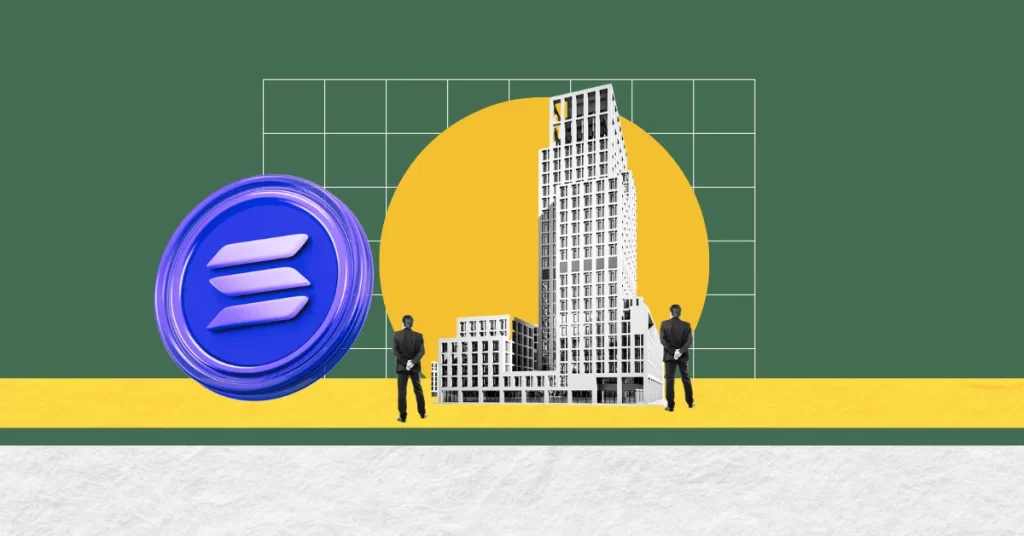
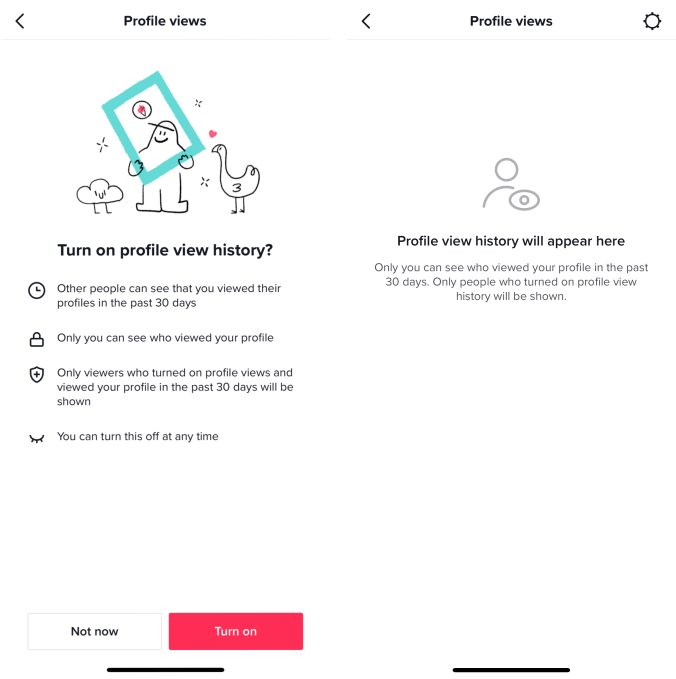

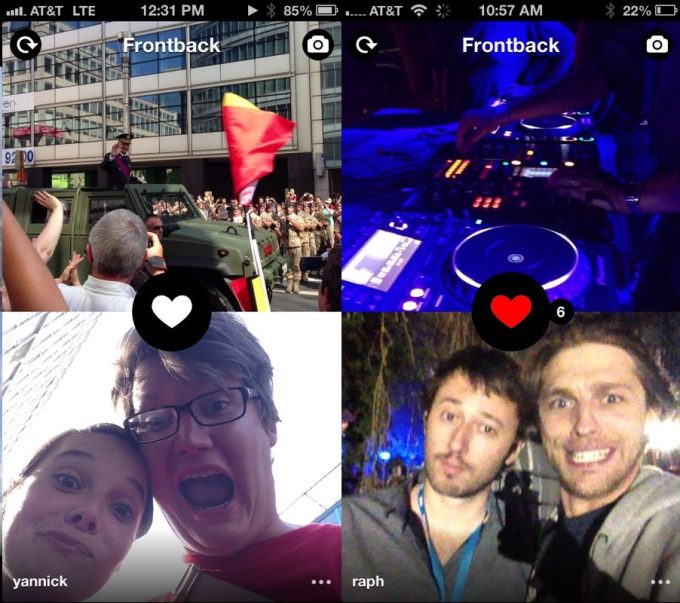
 English (US) ·
English (US) ·